Planning projects together, learning with one another, combining strengths: partnerships enable GIZ to implement projects swiftly, in line with demand and adapted to each specific context. After all, complex challenges call for common solutions. This is just as true of the shortage of skilled workers in Germany as it is of green reconstruction in Ukraine, the fight against gender-based violence in Lesotho, or climate action in Peru and Kenya, which benefits us all worldwide. Only diverse partnerships give us the ability to achieve sustainable results and make effective use of resources. This is why we look for partners with the appropriate expertise for each project – whether multilateral organisations, other European implementing organisations, foundations, private businesses or research institutes. Thanks to our local networks, we bring people and organisations together and promote dialogue between our commissioning parties and partners, thereby uniting their interests.
Read on to find out what our partners say about how we cooperate in various fields – and why diverse perspectives and different strengths are particularly important:
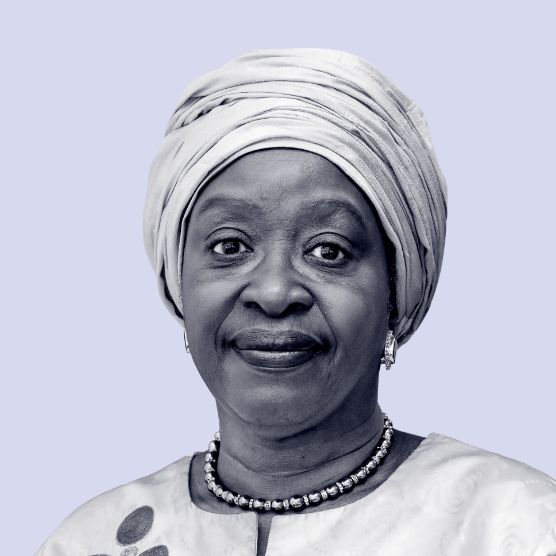
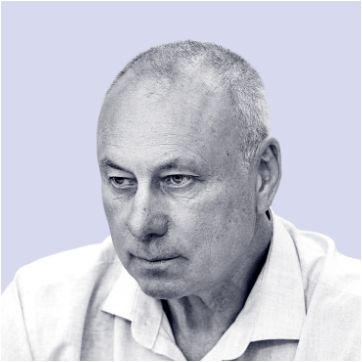


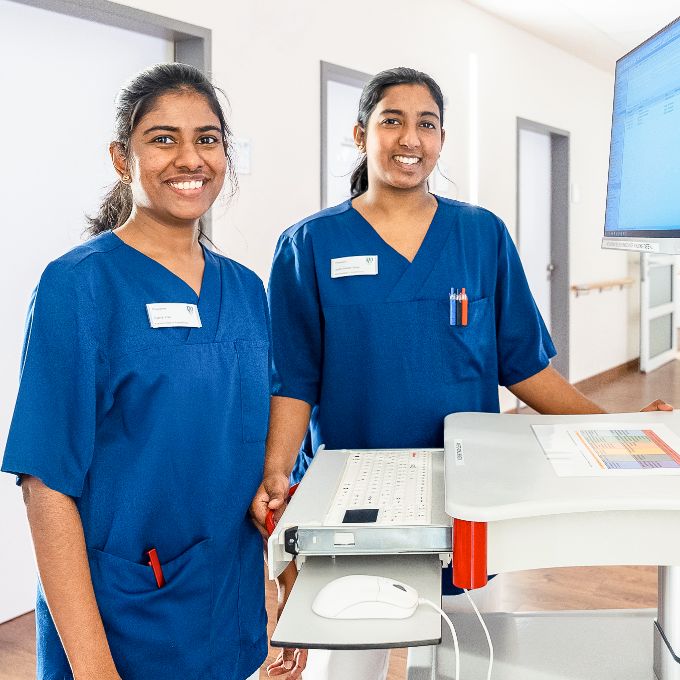
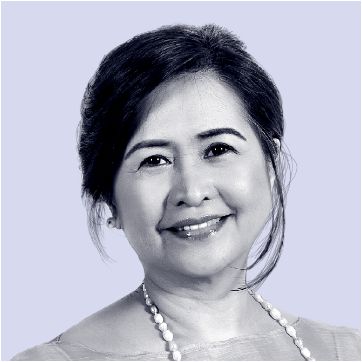
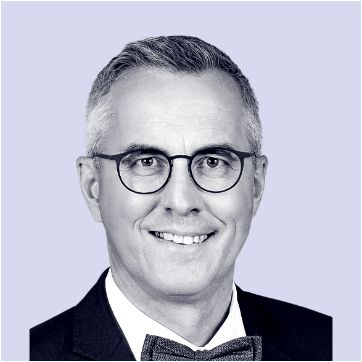


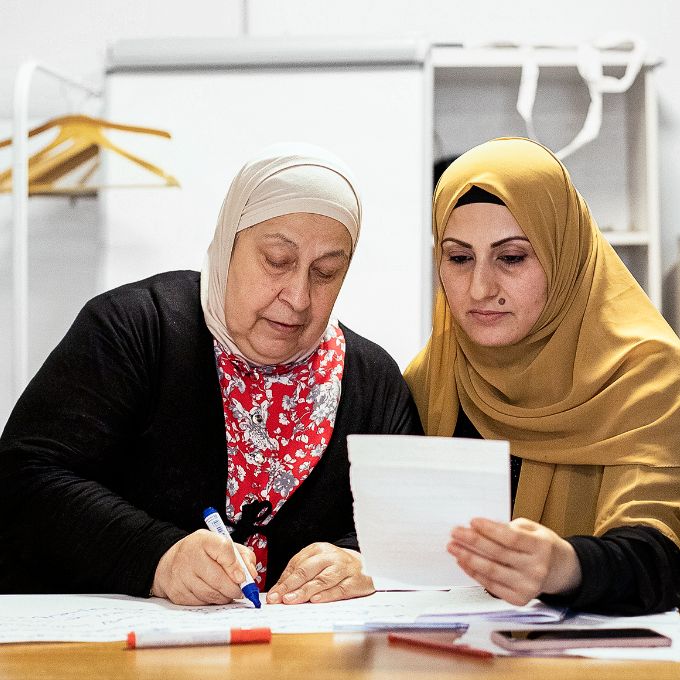
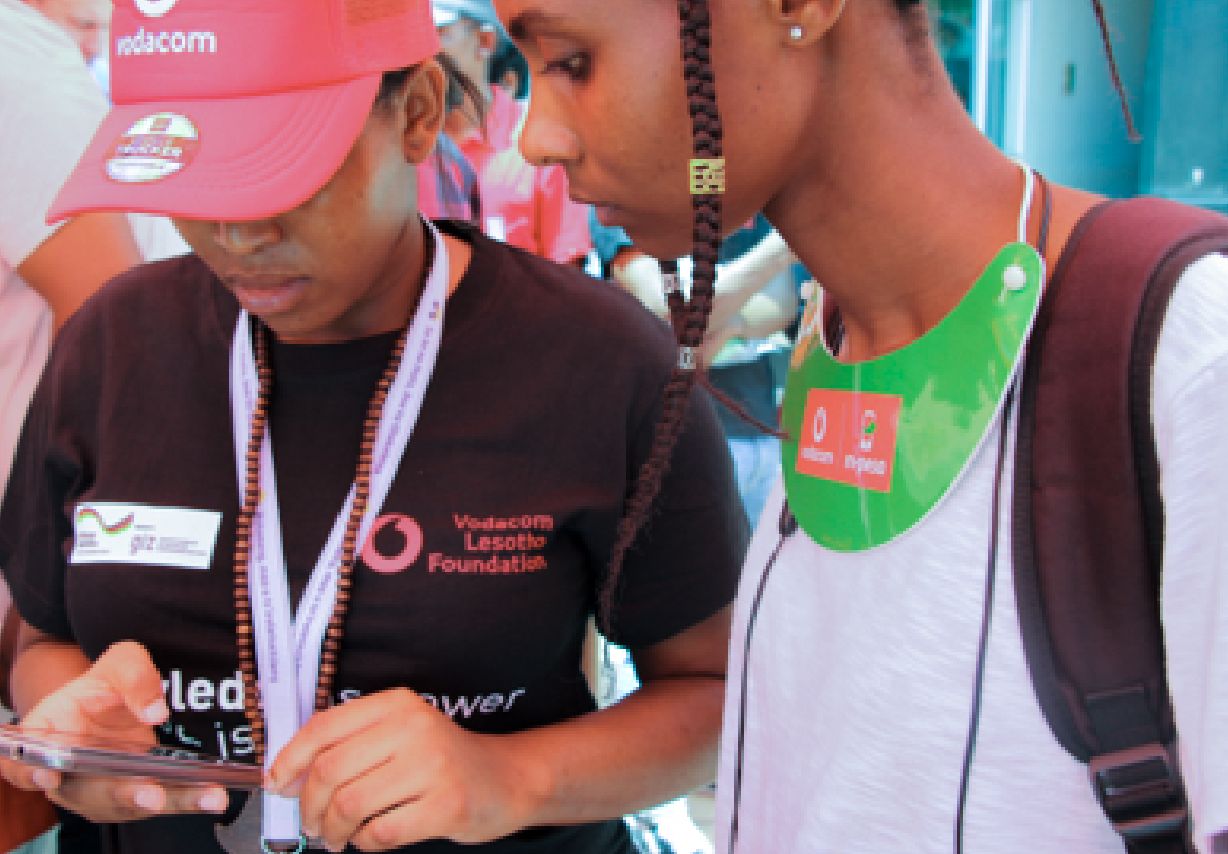

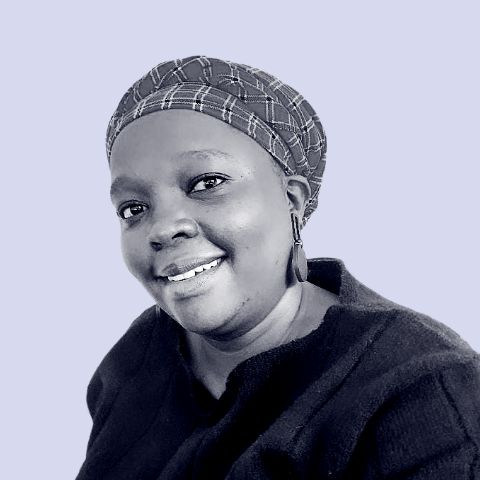
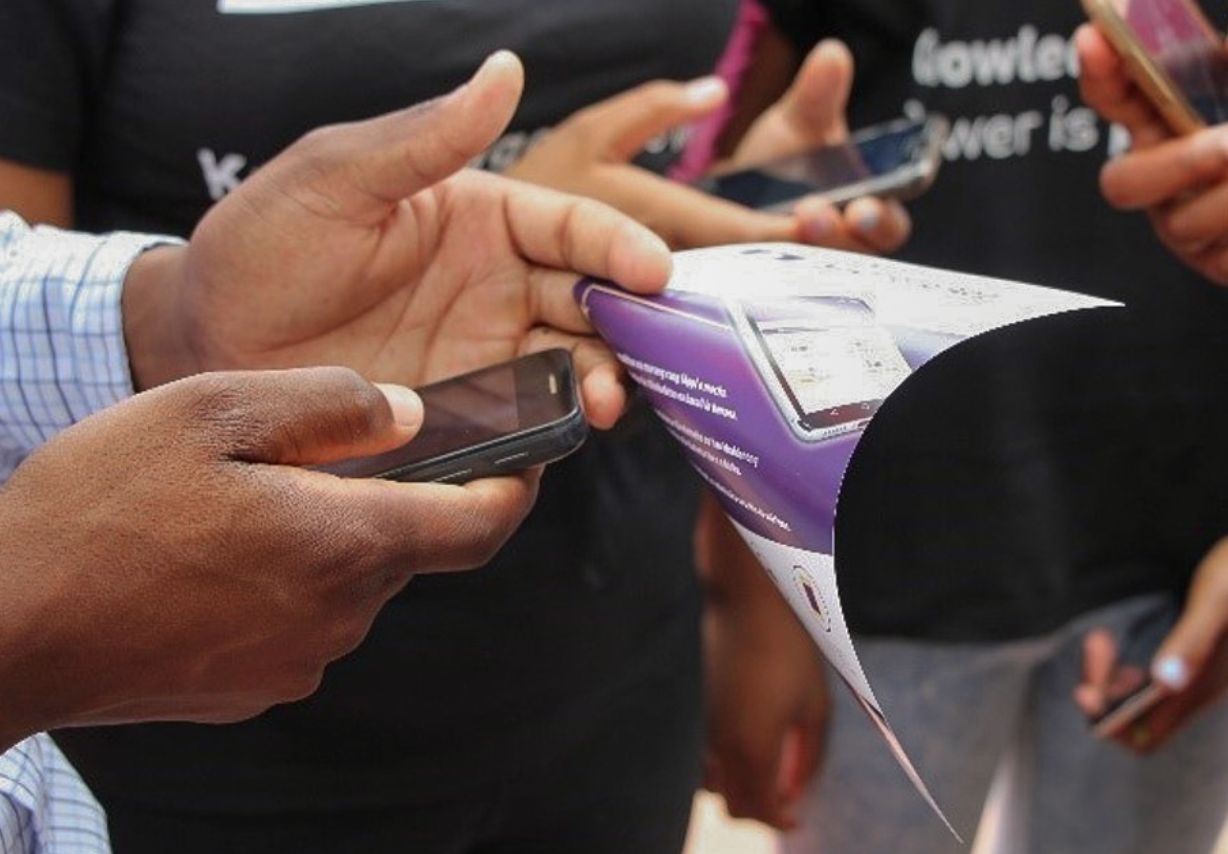
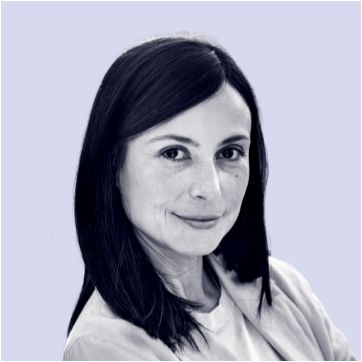
 Fullscreen
Fullscreen Close
Close Download
Download